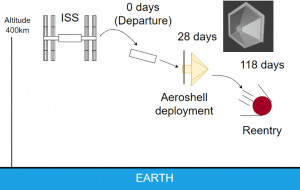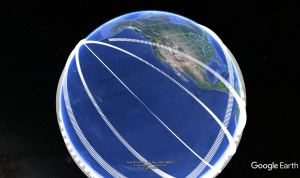Atmospheric density estimation using machine learning approach
Very-low-Earth orbit (VLEO), which is at the 400–100 km altitude, is an area where many satellites will remain in the future. However, their atmospheric characteristics are still unclear. Because atmospheric density has a critical impact on space missions using satellites, it is necessary to establish a method to estimate it. Our laboratory is reconstructing a methodology to estimate atmospheric density in VLEO using GPS positioning data from the nanosatellite, “EGG,” which was demonstrated in 2017. Machine learning approaches, which are Gaussian-process regression and Bayesian optimization, have been adopted to clarify the atmospheric density in VLEO using data acquired by nanosatellites.



Related paper
- Y. Takahashi, M. Saito, N. Oshima, and K. Yamada, “Trajectory reconstruction for nanosatellite in very low Earth orbit using machine learning,” Acta Astronautica, vol. 194, pp. 301-308, 2022, DOI : 10.1016/j.actaastro.2022.02.010
